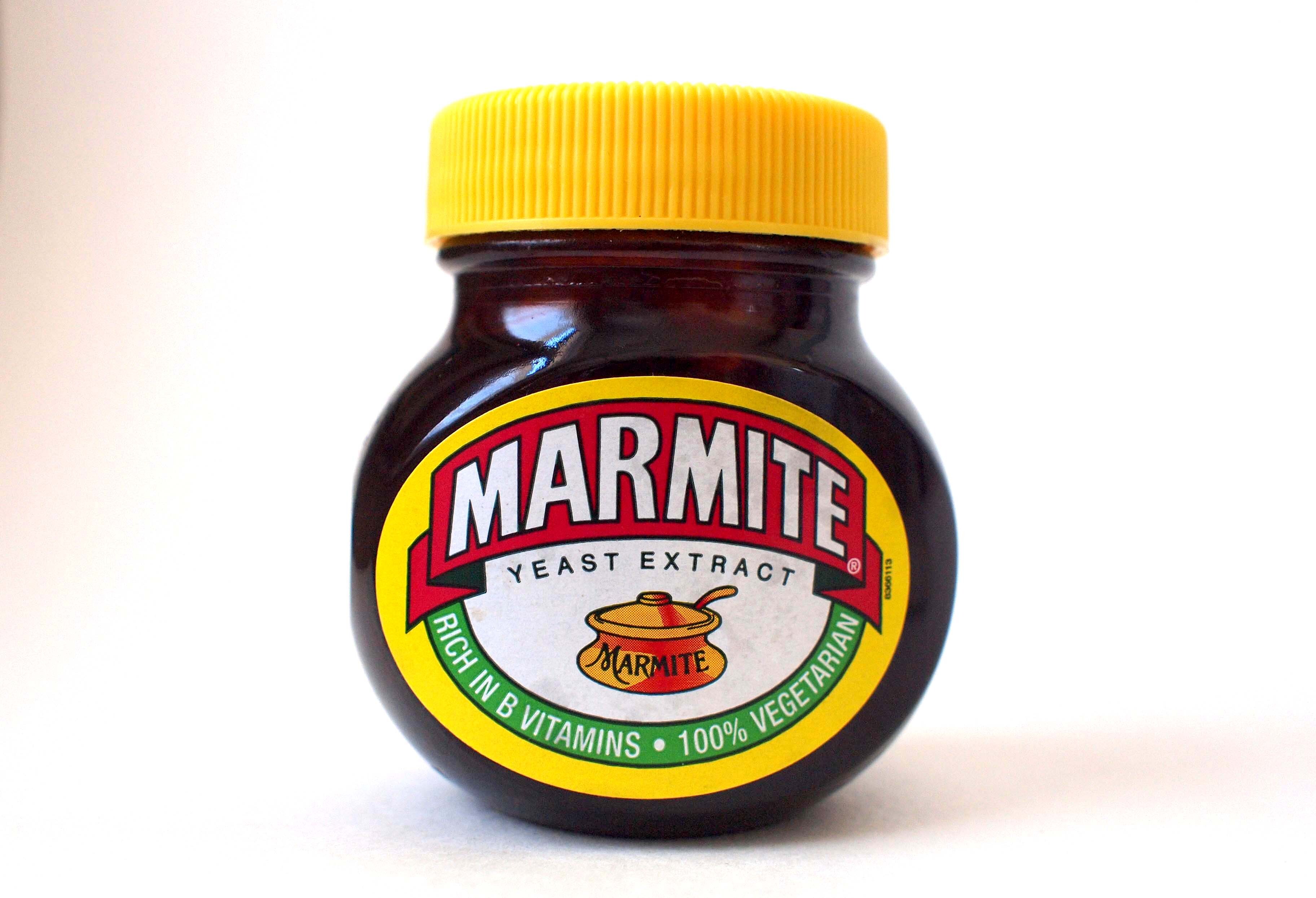Shading the condenser unit keeps it cooler and increases it’s efficiency and helps keeps my electricity costs down. The sail is high enough and mesh like so that it doesn’t trap the hot air. In fact it creates a slight wind tunnel effect. The shade it provides lasts during the hottest part of the day and a tree helpfully blocks the sun for the remainder. The unit is never in full sun this way. Keeping the weeds and other debris away from the unit so that it gets good airflow and cleaning the condenser every year also help with the units efficiency.


I doubt it will make it more efficient. The air it sucks in is still the same temperature.
It might help with longevity of the device itself though, as it doesn’t stand in direct sunlight.
By keeping the sun off it, that helps with keeping the equipment cool which the radiator is part of so there’s less heat the fins have to dissipate no?
deleted by creator
There’s no radiator, it’s a heat exchanger.
You have two sections in your heat exchanger. One part wants the cooling agent cold so it can effectively imterchange heat from your room into the cooling liquid. The other part wants the cooling agent hotter than the air outside so it can effectively dissipate the heat to the outside. To achieve that the liquid gets compressed. On the cold side it gets cooled with airflow.
I don’t think sunlight will change anything significant in that mechanism.
I think it’ll have an effect. If you think of the cross section of the piping in the condenser (radiator in the outside unit shown in photo), you have heat trying to transfer from the fluid on the inside diameter, through the pipe wall, then to the air surrounding the outer diameter.
Heat has to flow from hot to cold, so ideally you have a gradient from hot to cold going from inside to outside.
But suppose the sun intensely heats that pipe wall and it ends up higher than either fluid on either side of it. Now you’ve got heat flowing from the wall to both inside and outside.
Not saying that ever happens, but every degree warmer that the pipe wall is, is a slow down in the heat transfer rate. Less of a gradient for the heat flow.
That makes sense. I was completely focused on only the device.
…I hate the be the one to tell you this but there are two radiators in a heat pump. The condenser and the evaporator are both evaporators.
While they both interchange heat, the principle of evaporators and radiators is different.
Did you add that to prove yourself wrong?
probably just a brain fart - they’ve both heat exchangers.
deleted by creator